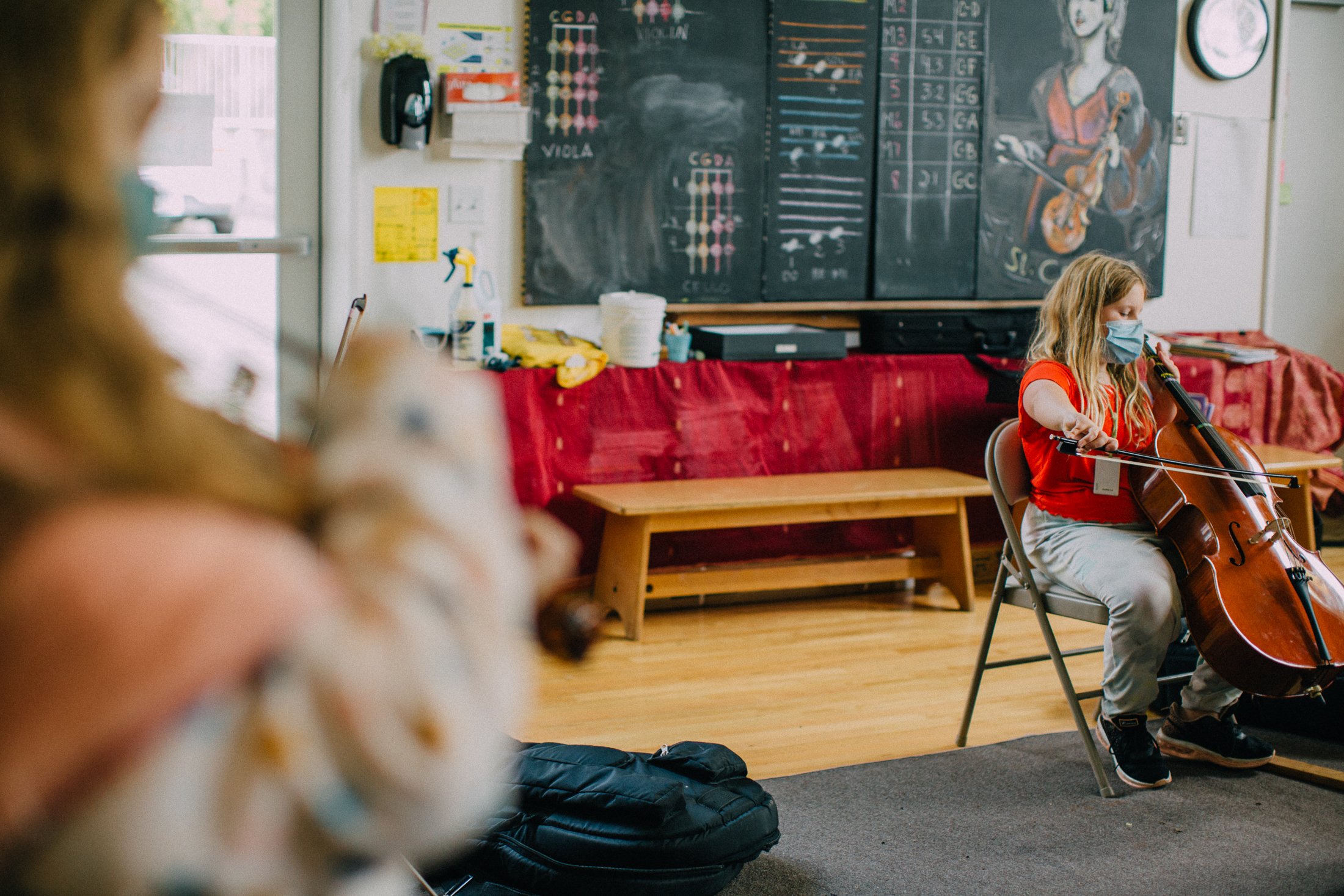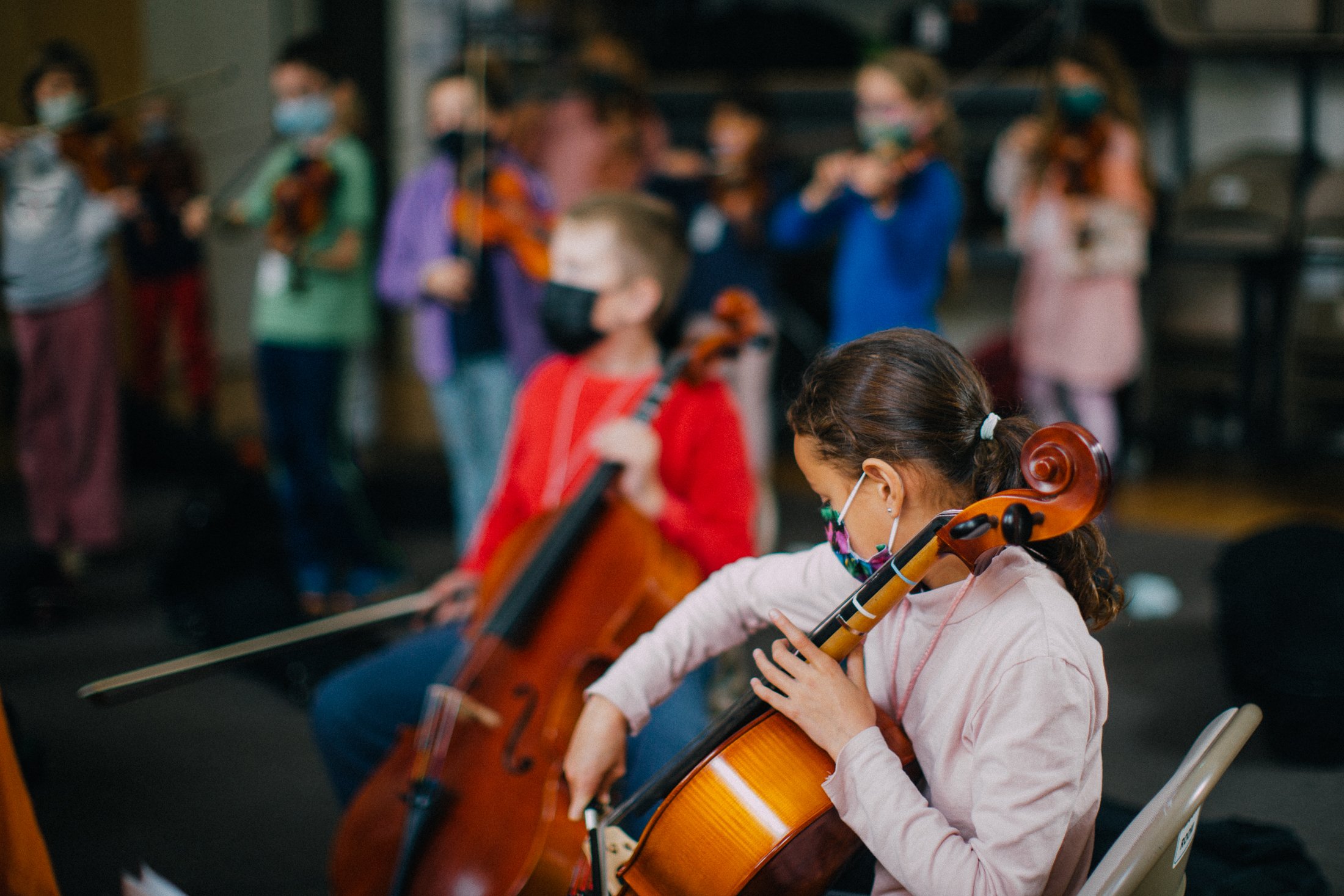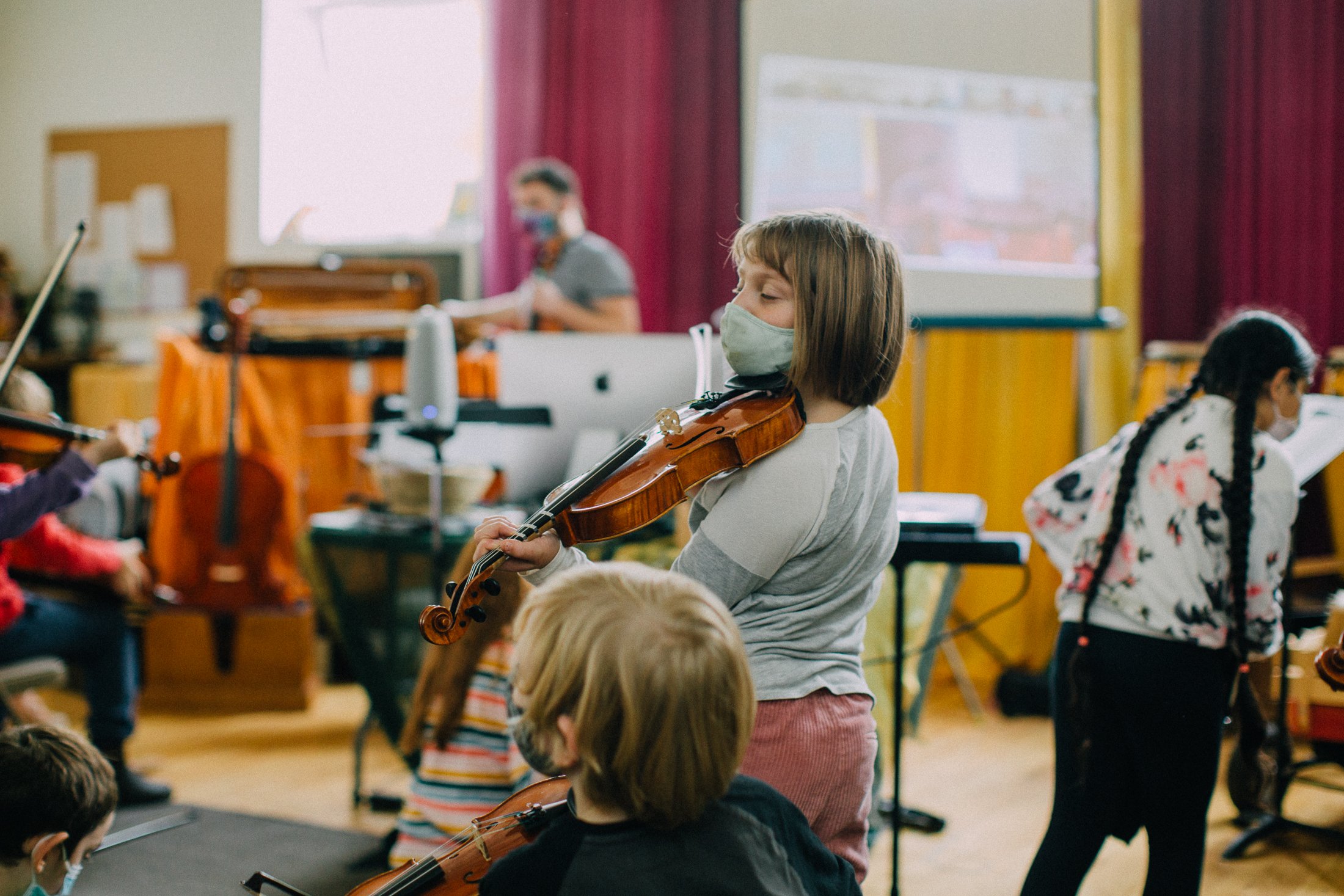The Greatest Scientists are Artists Too
Louis Pastuer was a painter. Albert Einstein and Francis Arnold were both accomplished musicians.
New research shows that award winning scientists — and especially Nobel Prize winners — are far more likely to have artistic hobbies than the general public. Many of them, including Einstein, cite the role of the arts in their breakthroughs.
Creativity and perseverance are at the heart of both scientific discovery and artistic expression. That is why music, drama, visual and practical arts are key components of Waldorf education and are integrated throughout the curriculum at Cedarwood.
Learn More:
Why Waldorf? At Cedarwood, each student’s imagination is continually nurtured by a team of teachers and a broad spectrum of experiential learning opportunities as they develop their capacity for growth, creativity, and critical thinking. The curriculum is comprehensive and designed to educate the whole child, with lessons in math, science, language arts, history, geography, music, eurythmy, handwork, movement, and not one but two world languages, Spanish and Japanese. Art is not taught separately in our elementary program, but rather imbues students’ understanding of every single subject they encounter.
Curious about a Waldorf education for your child? Let’s connect!



